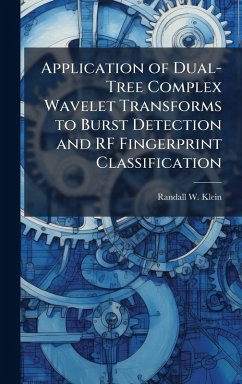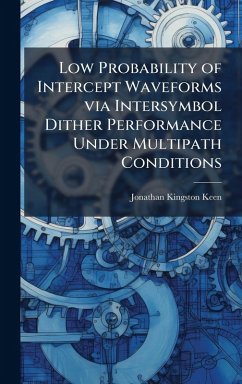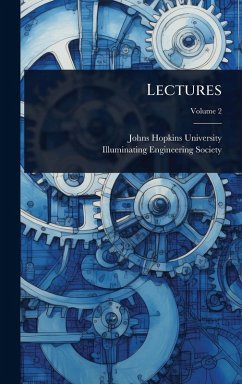
Multi-Dimensional Classification Algorithm for Automatic Modulation Recognition
Versandkostenfrei!
Versandfertig in über 4 Wochen
29,99 €
inkl. MwSt.
Weitere Ausgaben:

PAYBACK Punkte
15 °P sammeln!
This thesis proposes an approach for modulation classification using existing features in a more efficient way. The Multi-Dimensional Classification Algorithm (MDCA) treats features extracted from signals of interest as elements with irrelevant identities, hence eliminating any dependence of the classifier on any particular feature. This design enables the use of any number of features, and the MDCA algorithm provides the capability to classify modulations in higher dimensions. The use of multiple features requires an equal number of data dimensions, and thus classification in as high a dimens...
This thesis proposes an approach for modulation classification using existing features in a more efficient way. The Multi-Dimensional Classification Algorithm (MDCA) treats features extracted from signals of interest as elements with irrelevant identities, hence eliminating any dependence of the classifier on any particular feature. This design enables the use of any number of features, and the MDCA algorithm provides the capability to classify modulations in higher dimensions. The use of multiple features requires an equal number of data dimensions, and thus classification in as high a dimensional space as possible can improve final classification results. Finally, the MDCA algorithm uses a relatively small number of simple operations, which leads to a fast processing time. Simulation results for the MDCA algorithm demonstrate good potential. In particular, the MDCA consistently performed well (at SNR levels down to -10dB in some cases) and in identifying more modulation types. This work has been selected by scholars as being culturally important, and is part of the knowledge base of civilization as we know it. This work was reproduced from the original artifact, and remains as true to the original work as possible. Therefore, you will see the original copyright references, library stamps (as most of these works have been housed in our most important libraries around the world), and other notations in the work. This work is in the public domain in the United States of America, and possibly other nations. Within the United States, you may freely copy and distribute this work, as no entity (individual or corporate) has a copyright on the body of the work. As a reproduction of a historical artifact, this work may contain missing or blurred pages, poor pictures, errant marks, etc. Scholars believe, and we concur, that this work is important enough to be preserved, reproduced, and made generally available to the public. We appreciate your support of the preservation process, and thank you for being an important part of keeping this knowledge alive and relevant.












